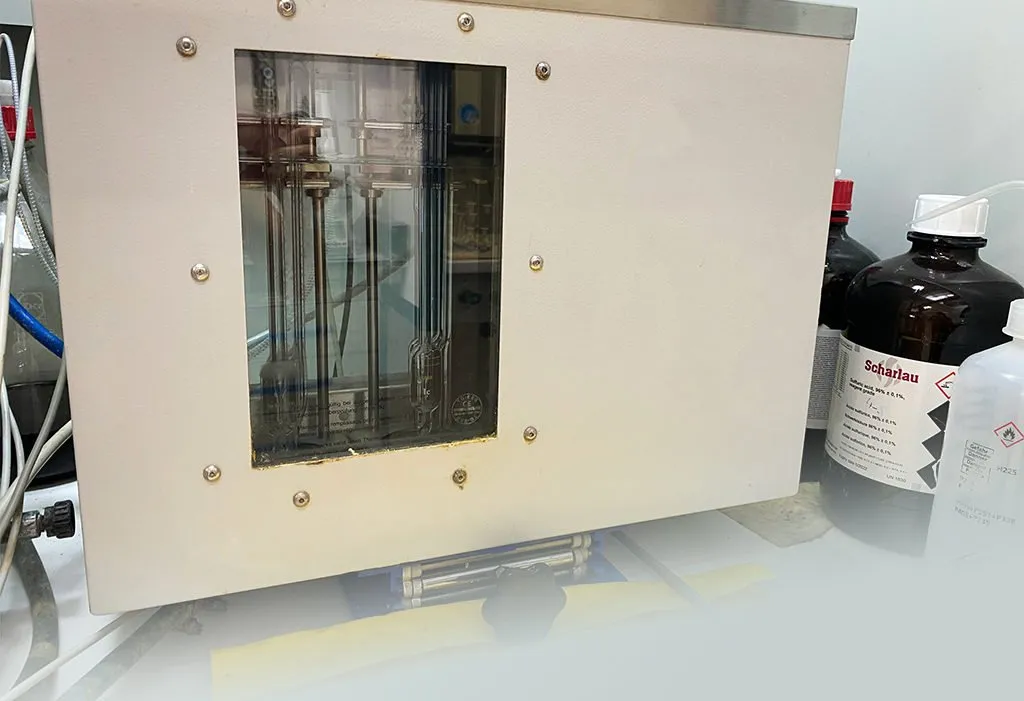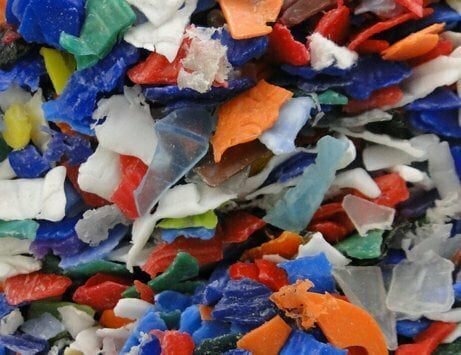Viscosity of polymers in solution

The measurement of the viscosity of polymer solutions in organic solvents gives us a value that is directly related to the molecular mass of the polymer. In other words, the higher the viscosity, the higher the molecular weight, although the correlation is not direct.
The molecular weight is an essential characteristic that determines some mechanical and thermal behaviours of plastics.
The measurement of the viscosity is described in UNE-EN ISO 1628 and UNE-EN ISO 307 using Ubbelohde-type glass capillary viscometers.
What does the viscosity test consist of?
The test consists of dissolving the polymer in a suitable solvent at very low concentration (c). Both the net solvent and the polymer solution flow through the capillary and the flow times are recorded. The viscosity will be determined by the ratio between the flow time of the polymer solution (t) and the flow time of the pure solvent (t0). In the case of highly diluted solutions (c <<), it can be assumed that the viscosity ratio between the solution and the solvent is equal to the ratio between their flow times in the capillary.
This test is normally used to characterize PET used in bottles, sheets or fibres; polyamides in automotive parts or technical parts; and PVC used in sanitation pipes.
For each polymer, there are preferential ways to express the result of the viscosity measurement: intrinsic viscosity for PET; viscosity for polyamides; K value for PVC. This characteristic is included in some product standards, such as ISO 7823, which is being applied for the characterization of methacrylate (PMMA) screens such as those used for protection and safety against COVID-19.
AIMPLAS has an automatic viscosimeter and a vast experience in determining the viscosity of polymers in solution.
Do not hesitate in contacting us if you have any doubt related to this subject.
María Pilar Martínez Sebastiá
Chemical Characterization Laboratory


